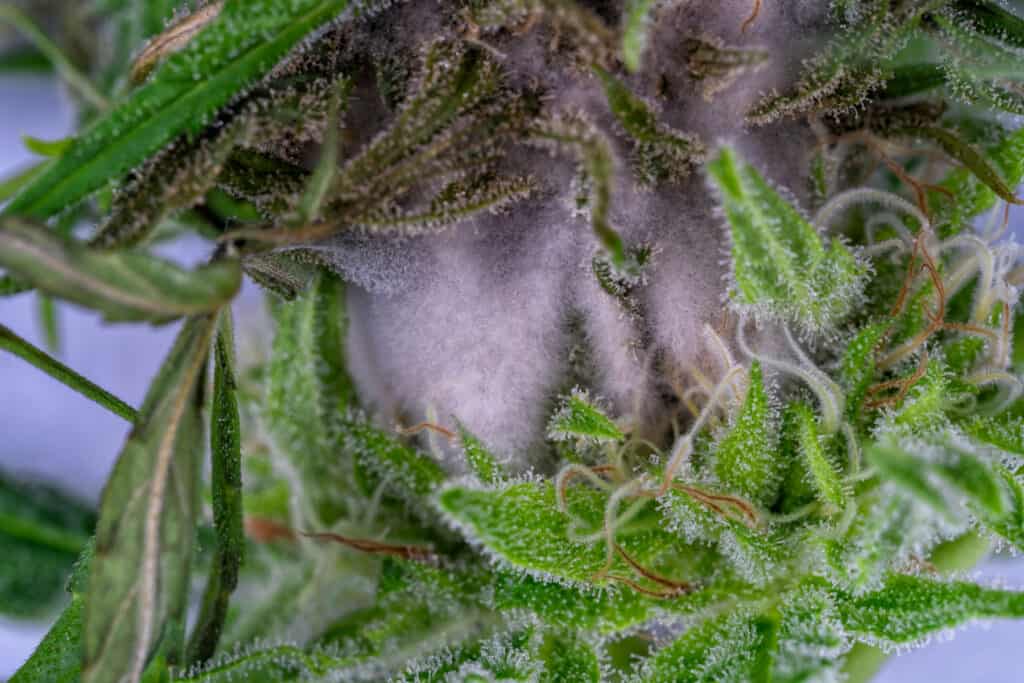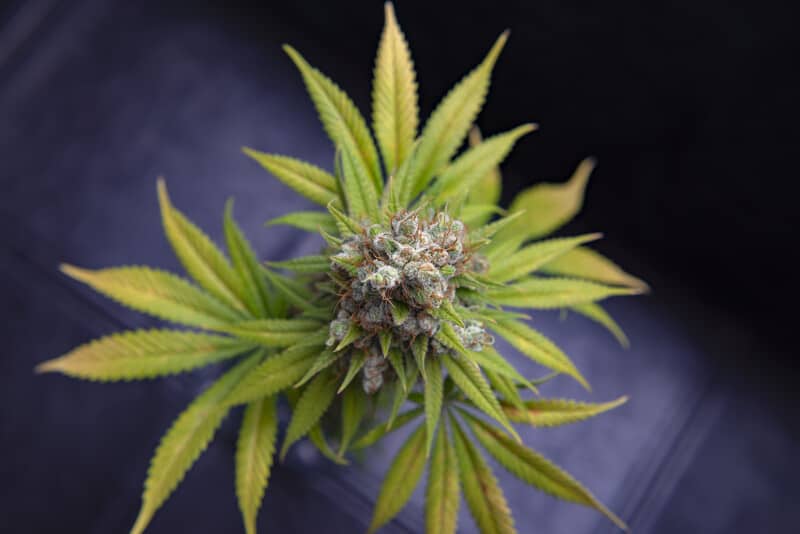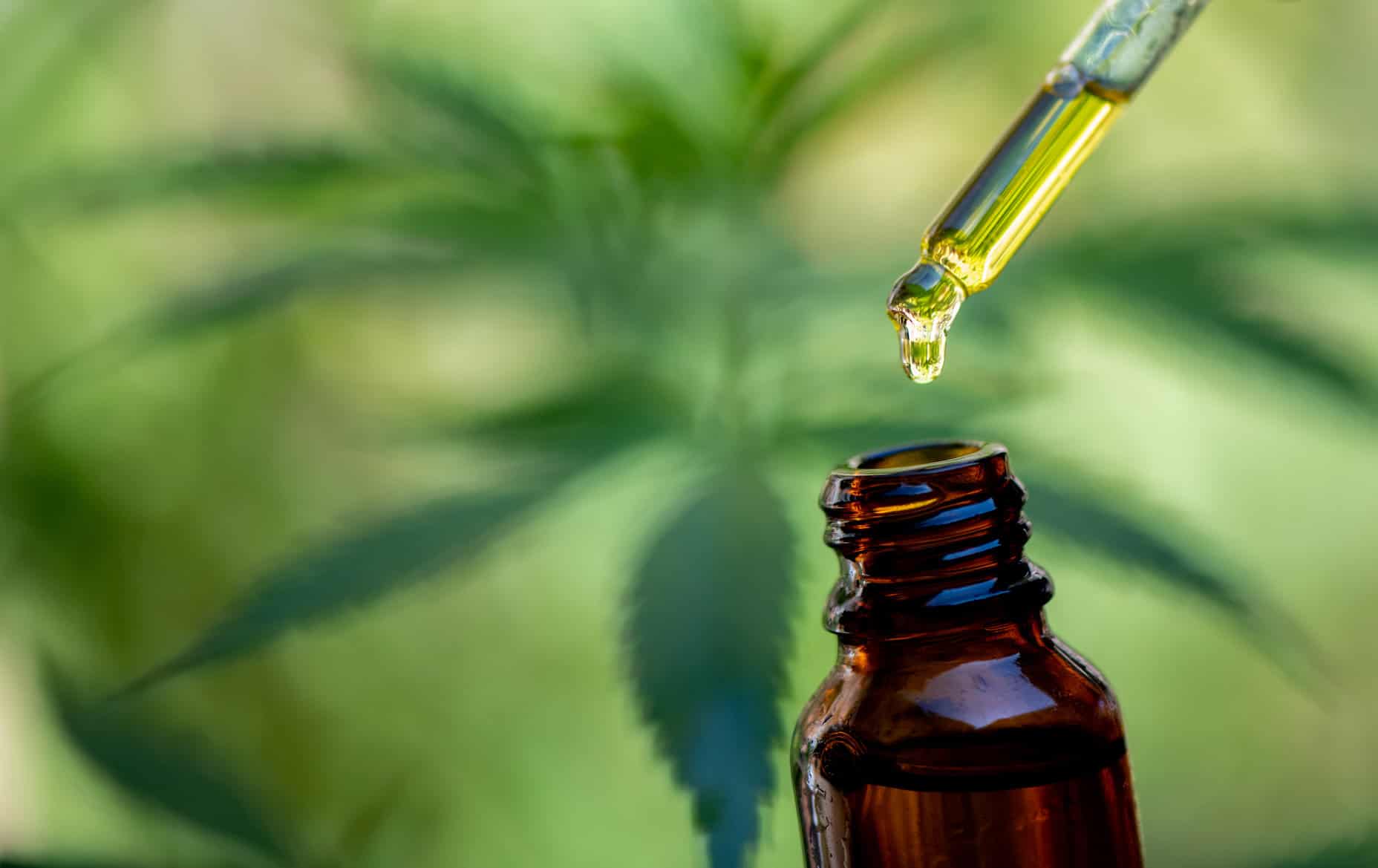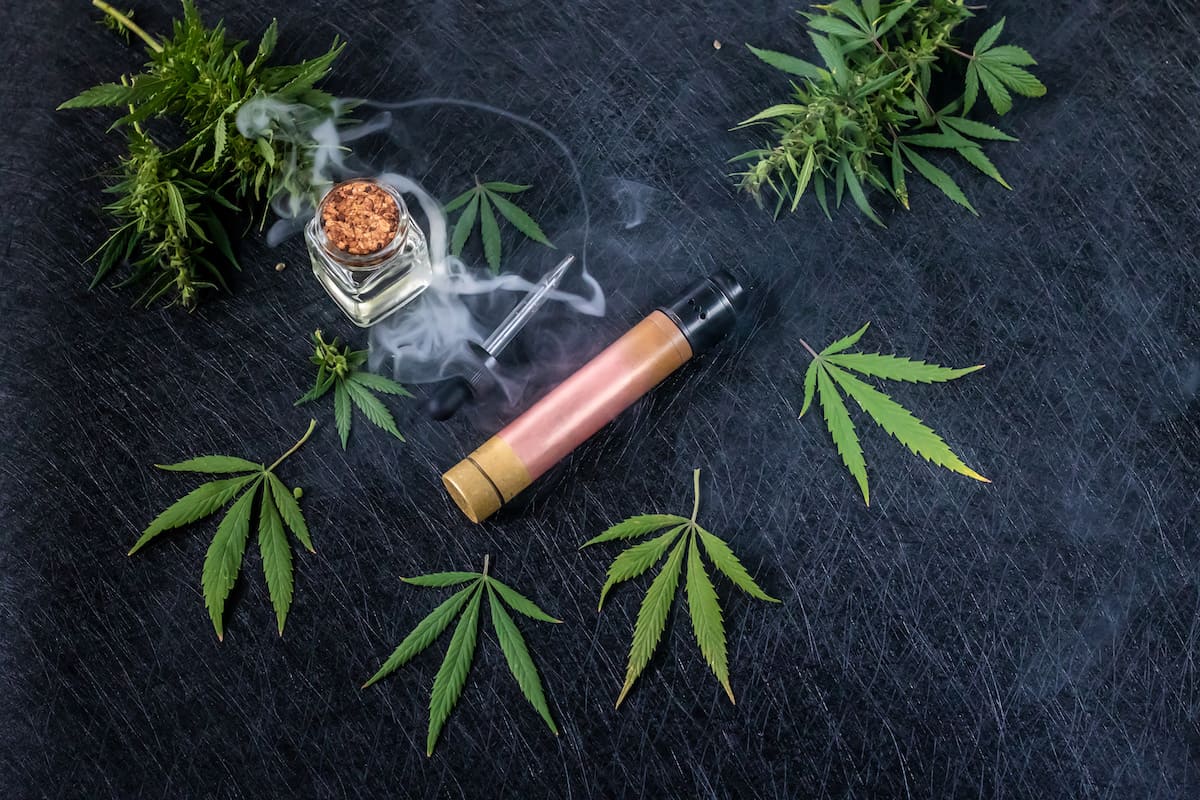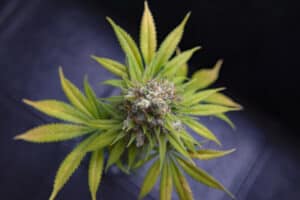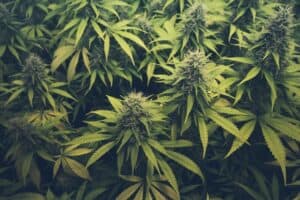As a cannabis cultivator, we understand that spotting mold on weed is a major concern. Mold is a fungus that can grow on both indoor and outdoor crops and can harm cannabis harvests in a variety of climates and environments. This article will provide you with a comprehensive guide on how to detect mold on weed and prevent it from growing on your plants.
What Exactly is Mold?
Mold is a fungus that thrives in moist and humid conditions. It can grow on a variety of surfaces, such as food, plants, and walls. Mold can grow on the buds and leaves of the plant in the context of cannabis cultivation, affecting its quality and potency. Mold produces mycelium, which produces tiny airborne spores that spread quickly to other parts of the plant or nearby crops.
Why Should Cannabis Growers be Concerned about Mold?
Mold on cannabis can be harmful to the plant, its potency, and overall quality. It can result in a variety of problems, including decreased yield, potency loss, and shorter shelf life. Ingestion of moldy cannabis can also cause respiratory problems, allergies, and other health issues. Mold on cannabis can also pose legal risks for cultivators, as it can result in failed lab tests and legal ramifications.
How to Detect Mold on Weed?
Spotting mold on weed can be difficult because it can be difficult to distinguish between mold and trichomes. Trichomes are resinous glands on the plant's surface that contain cannabinoids and terpenes, which provide cannabis with its distinct aroma and flavor.
When looking for mold on weed, look for the following signs:
Discoloration
Mold growth on cannabis can discolor the buds and leaves. Spots, patches, or streaks of white, gray, or black can appear. Inspect your plants carefully for mold if you notice any discoloration.
Noxious odor
Mold on cannabis can also emit an unpleasant odor. Mold may be present if you notice a musty or sour odor coming from your plants.
Mold can also affect the texture of cannabis buds and leaves. They may feel slimy, sticky, or soft to the touch as a result. Mold may be present if your plants feel different than usual.
Mold is visible
Mold on cannabis can be seen with the naked eye in some cases. It can appear on the buds and leaves as a white or grayish coating. If you notice visible mold on your plants, act quickly to prevent it from spreading.
How Can Mold on Weed be Avoided?
Mold on weed prevention necessitates a combination of proper cultivation techniques and environmental control. Here are some pointers to help you keep mold away from your cannabis plants:
Proper ventilation is essential
Mold thrives in moist, stagnant conditions. Proper ventilation in your grow room or greenhouse can help prevent moisture buildup and reduce the risk of mold growth. To circulate air and maintain proper airflow, use fans and exhaust systems.
Humidity levels that are ideal
Maintaining optimal humidity levels is critical for weed mold prevention. Cannabis should be stored at 59 to 63 percent relative humidity. Any further elevation can trap moisture and create ideal conditions for mold growth. A humidity pack in your container can assist in maintaining optimal humidity levels.
Inspection on a regular basis
Inspecting your plants for signs of mold on a regular basis can help prevent it from spreading. Inspect your plants on a daily basis for discoloration, odor, or visible mold. If you notice any signs of mold, act quickly to prevent it from spreading.
Cleanliness
The cleanliness of your indoor grow tent or greenhouse is critical for mold prevention. Maintain clean and sanitized tools and equipment, and avoid introducing outside contaminants into your plants. Use sterilized soil and avoid overwatering your plants, as too much water can foster mold growth.
Storage should be done correctly.
Proper cannabis storage is also essential for preventing mold growth. To minimize moisture exposure and mold growth, store your cannabis in airtight containers in a cool, dry, and dark location.
What Should You Do if You Find Mold on Weed?
If you notice mold on your cannabis plants, you must act quickly to prevent it from spreading. To avoid further contamination of other plants, remove the affected plant as soon as possible. If mold is present on the buds, it is best to discard them completely to avoid any health risks.
Conclusion
Mold on weed is a major concern for cannabis growers. However, with proper cultivation techniques and environmental control, mold growth can be avoided and a healthy and potent crop can be maintained. To prevent mold growth, inspect your plants on a regular basis, maintain optimal humidity levels, and keep your grow room or greenhouse clean.
If you do spot mold on your cannabis plants, take immediate action to prevent it from spreading and dispose of any affected buds. You can ensure the quality and safety of your cannabis crop by following these guidelines.

